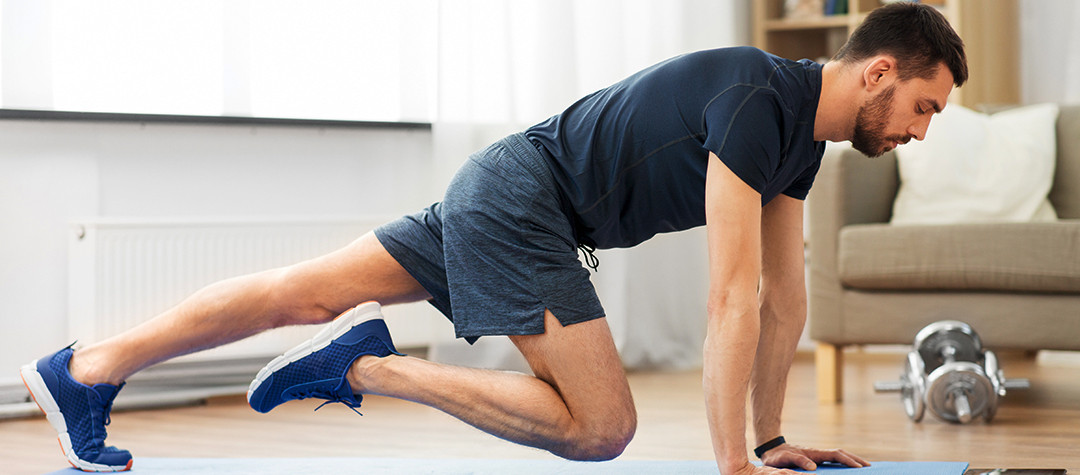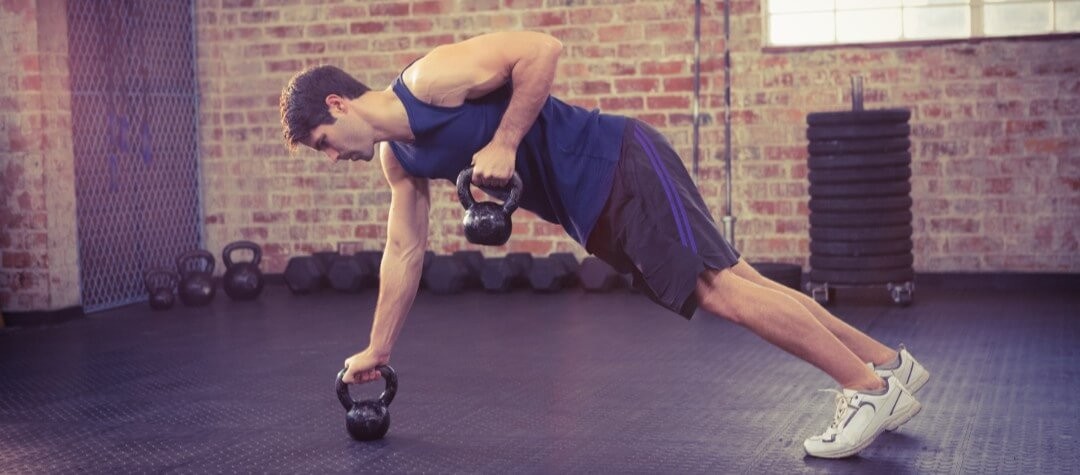Get answers to some of the most common questions about strength training to ensure that you are training correctly.
What are the main benefits of strength training?
As well as improving your general physical capabilities, making your ability to perform everyday tasks easier, strength training can also help to increase your metabolic rate. Introducing strength training into your workouts could help you burn more fat than cardio training alone. Strength training can also help you to develop strong bones, which can assist with the prevention of conditions such as osteoporosis. Your muscle tone and posture are also improved through strength training. Strength exercises do not require a massive amount of equipment either; you can complete a perfectly adequate strength session using your own body weight.
What is better to use for strength training, machines or free weights?
Both techniques have their positives and negatives and you should consider these points alongside your primary strength aims. Benefits of using machine weights include: they are easy and quick to use, prevent injury and are useful to work on isolated muscles. However some disadvantages are: they are not practical to everyday movements which could limit stability and smaller muscles are often ignored. Advantages of free weights include: they are cheaper, exercises can be done anywhere and training with them is useful for strengthening functional, everyday movements. Drawbacks include: it can take time to learn the correct techniques, and free weights do present a bigger injury risk.
If I am just starting strength training, where should I begin?
As a beginner, you could start by choosing eight to 10 exercises, which would cover the main muscle groups: shoulders, chest, biceps, triceps, back, lower body, and abdominals. You can start off aiming for around eight reps for each exercise, this can then be built up to 10-15 reps. First complete one set of each of the exercises then progressively increase this to two and three sets when you feel more comfortable. Ensure you stretch fully after your workout. This routine can be performed two or three times a week, but not on consecutive days as your body needs time to recover.
I don’t want to bulk up so should I be doing any strength training?
This is one of the most common misconceptions about strength training, particularly among women . While it’s true that your body will get toned and muscles will become more defined, strength training will not make you overly muscular. Studies have found that high oestrogen levels make it difficult for women to bulk up without the use of artificial drugs. So if you have been put off strength training in the past through fear that you would turn into the incredible hulk after lifting a few weights, that is not going to happen! Strength training is a great way to become leaner and can assist in burning calories.
How do I know how much weight to lift?
It is important that you practice the lifting technique without a weight first, to ensure you are completing the movement correctly and therefore prevent injury.
This will also help you to build confidence and prepare your body. Remember that you need to aim to lift a weight which allows you to complete only your planned number of reps. There is no point trying to lift a weight that is too heavy to do more than one rep, likewise a weight which you find too easy to lift, should not be used. As a guide, you should find it harder towards the end of your set, however should still be able to finish your desired number of reps in form.
I don’t want to join a gym and I don’t have any free weights at home, what are some good strength exercises to do without any equipment?
You don’t necessarily need a range of weights or masses of equipment to do strength training; you can complete a good routine at home using just your own bodyweight . Popular strength training techniques such as: sit ups, push-ups, tricep dips, planks and bodyweight squats can work your whole body effectively, without the need for any additional equipment. Household items can also be introduced to vary your workout, for example you could complete a set of tricep dips using a stable chair, or do step-up exercises on the stairs. Many people find strength training at home to be more convenient and cost effective.
What are the best strength exercises to do if I want tone my abdominals?
There are countless strength exercises you can do to work on your core, some do involve weights but there are many that you can do alone. The plank is one of the most popular abdominal exercises and as you progress the difficulty can be increased, for example by raising one opposing leg and arm and alternating every 15 seconds. Another exercise is the abdominal crunch; again this can be made more difficult by completing the crunch on a medicine ball. To complete a v-sit exercise, start in a seated position, then raise your legs to a 45-degree angle and reach forward with your arms towards your shins, hold this v- position for as long as you can.
Should I consider using a resistance band for my strength training?
Resistance bands are a good way to introduce variety to your workouts. The bands work by adding resistance to your exercises, which can give introduce a new level of intensity to your strength routine. Decent quality resistance bands are also reasonably priced and because the bands are small and so flexible, they are easy to store at home. Training with resistance bands can improve your coordination and balance because of the tension created through the training. Bands come in different tension levels, from light to heavy. It is usually advised to have a few different tension bands, as different muscle groups require different resistance levels depending on their size and strength.
How does strength training help with weight loss?
Strength training is a great way to help with your weight loss goals, particularly when combined with cardio in your exercise plan, as these types of training increase your body’s ability to burn fat. As strength-training exercises are anaerobic activities, the body consumes more oxygen after the session is over, to make up for the lack of oxygen taken in during the workout. The body’s metabolic rate is raised after the workout to help the recovery of muscles, so the body continues to burn fat in the hours following the strength training. Strength training carried out in conjunction with a healthy diet and cardio training will aid with weight loss.
If I suddenly stop strength training, will my muscles turn to fat?
No, muscle cannot turn to fat; this is another common fitness misconception. Fat and muscle are two altogether different types of tissues. Muscles will reduce in size when they are not trained, however will not turn to fat. Likewise fat cannot turn to muscle. Although it may appear that they work simultaneously in your body, the processes are completely different. If you suddenly stop exercising, you will see changes in your muscle formations and they will lose firmness, but they won’t turn to fat. Whatever calories you consume could lead to weight gain but this is fat tissue developing as a result of not exercising, it is not muscle turning to fat.















